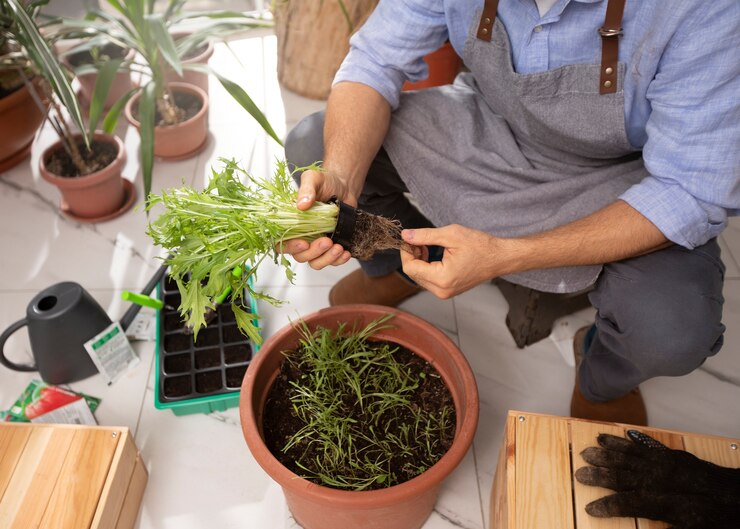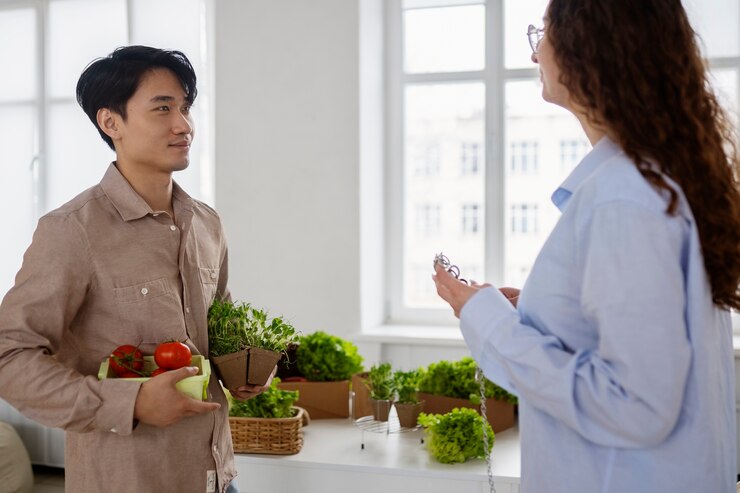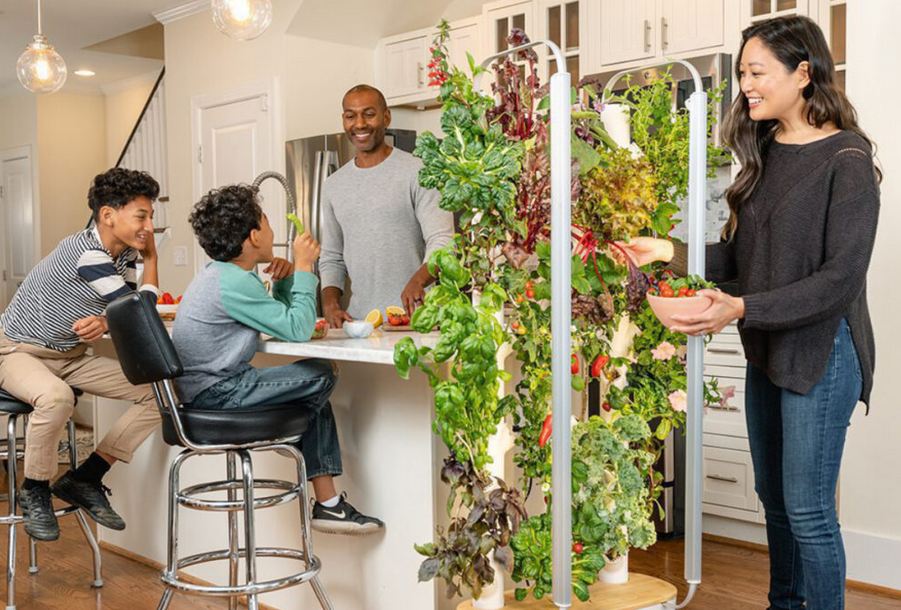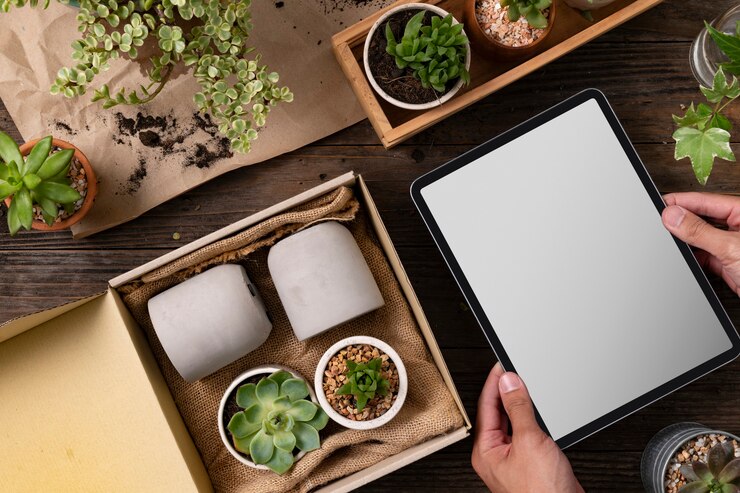Overview of Smart Herb Garden Setup
Welcome to the magic world of smart herb gardening, having fresh basil, mint, and rosemary, or whatever herb at hand in a highly digital manner. Setting up a smart herb garden is not only a trend, but also a fabulous idea of taking nature indoors and integrating modern technology into your home. Plant an mini-garden with self-watering systems and LED grow lights sans all that fuss of growing one using conventional methods.
The benefits are unlimited, as you will taste fresh herbs, which enhance your cooking and give the satisfaction of growing them with the least hassle. This guide intends to take you through a step-by-step process of how you can easily install your smart herb garden; thus, this way is very friendly, especially for beginners, and quite easy. With that, let us begin this interesting journey together!
Preparation for Setting Up a Smart Herb Garden
Selecting the Correct Smart Herb Garden Kit
Before delving into indoor herb gardening, one has to choose correctly from among the varieties of smart herb gardening kits. Consider such factors as size and features, compatible plants-and of course, your budget. You want a kit that fits comfortably on your kitchen counter or in your living space without overwhelming it. Is there a cozy countertop or bright window sill? Measure that space prior to selecting your kit.
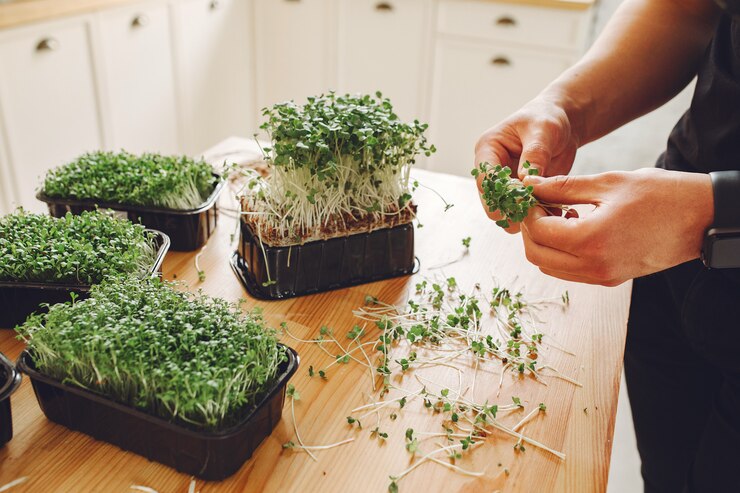
Now, there are a number of types of smart herb garden kits on offer, many with specific advantages. Those come with pre-equipped sensors that indicate the state of light and water in your herb plants, others have with them automatic waterings for people who keep forgetting to check on their plants. You can also start by looking at options that will provide you with what you need to instantly grow your plants.
What to Know About Parts for Your Smart Herb Garden
Now, let’s get down to business and talk about what’s inside the kit. Common key components include LED grow lights, a water reservoir, and different types of sensors. LED grow lights give the right spectrum for photosynthesis to take place in your herbs-the sun, if you will, for your indoor garden!
It contains a water reservoir that saves you from tedious daily watering. It helps in the sensors that monitor moisture and will send alerts when the time comes to refill. Learning each component does will add to your success with your adventure in smart gardening.
Step-by-Step Guide on How to Setup a Smart Herb Garden
Step 1: Choosing the Best Location for Your Smart Herb Garden
Now, it is time to pick a perfect location for your Smart Herb Garden. The best places will be the countertops and windowsills where they can bask in the light of nature. If you’ll use LED grow light, it is altogether a different story as far as the location is concerned. Make sure it is a place which is stable in temperature conditions. The herbs would prefer a place not too hot or not too cold.
First, consider the space that you have available. If you’ve got a compact kitchen, find the vertical options that make much space without sacrificing style. After all, a happy herb garden starts with a happy home!
Step 2: Initial Smart Herb Garden Kit Assembly
Opening the smart herb garden kit is like opening a gift! Follow the instructions of assembly carefully-largely speaking, the kits are designed to be really easy to set up. Assemble the water reservoir, ensuring it is securely attached. Then, install the LED grow lights using the guidelines provided.
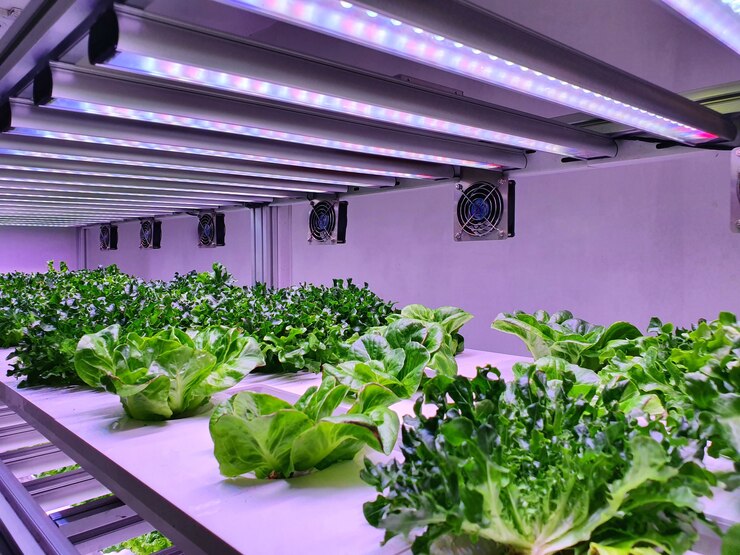
When everything is in place, take a moment and step back to marvel at your work! You are now closer to developing some deliciously fresh herbs. It would be very important to ensure everything works properly before you actually proceed with the planting.
Step 3: Installation of Herbs and Creation of the Growing Environment
This is the fun part—putting in your herbs! Whether you have seed pods to place or plant directly into the soil, follow the instructions included in your kit. Plant your seeds, if that is what you are using, at the proper depth and spaced correctly for growth.
After planting, you can configure the light settings and water settings according to your herb’s specific requirements. Certain plants love more light than others; this is where your research comes into play. Setting the right environment means your herbs should be quite fine.
Step 4: Configuring Smart Features and Connectivity
If your smart herb garden came with an app or connectivity feature, now is the time to set that up! Connectivity to a mobile app allows you to monitor such activities as watering schedules and light timers, even getting alerts about the health of the plants. It’s this tech integration that makes smart gardening so pleasurable!
More-so, some features may even be included in the app that can give you tips to best care for your herbs depending on what growth stage they may be at. Embrace this technology; it is here to make things easier on you!
First-Time Use and Maintenance Tips
Congratulations on setting up your smart herb garden! The first couple of weeks are very important to get your plants off to a healthy start. First, water your herbs initially according to instructions in your kit. Next, check your light settings are appropriately adjusted; most herbs like to receive around 12-16 hours of light per day.
During this initial phase, check soil moisture levels if applicable. Also during this time, monitor the condition of your plants through your application or sensors. Early attention can avoid issues later on!
How to Maintain a Smart Herb Garden
Maintenance of your smart herb garden is not rocket science. The general maintenance practices include cleaning the removable parts, checking for the accuracy of sensors, and refilling the water reservoir when necessary. Set up a routine for lush herbs.
Pay special attention to LED lights; they should be clean and functioning right. Also, make sure the level of nutrients in either the soil or water solution is on point to guarantee your herbs get all that they need to grow healthily.
Common Mistakes to Avoid in Smart Herb Garden Setup
Mistakes in Placement
While setting up your smart herb garden, do not position it at locations that have low light or have swings of temperature. Herbs prefer regular light and warmth for optimal growth! As much as possible, place them in locations where indirect sunlight can seep through during the day along with the LED light they come with.
Being aware of this placement will save you from disappointments later on. A little planning goes a long way when it comes to ensuring that your herbs thrive!
How to Prevent Overwatering and Underwatering
Two common mistakes involve over- and underwatering. Thankfully, most smart gardens come with built-in sensors that assist in tracking moisture. Put these features to work! Based on the sensors, adjust the water levels higher or lower, and it will prevent the plants from root rotting or drying out.
What’s more, changes can be done in quick time by monitoring notifications on the app related to the health of the plants. Your smart garden is there to support you-let it!
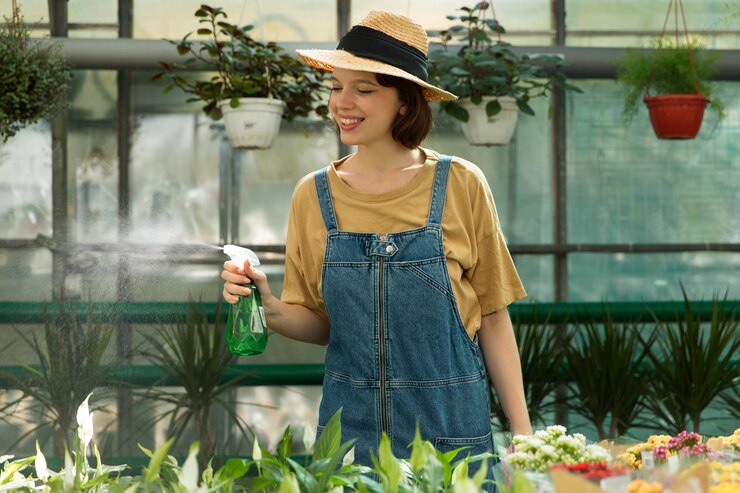
How to Maximize Growth in a Smart Herb Garden: Maximizing Your Smart Herb Garden In order to really maximize the growth in your smart herb garden, you may want to pick compatible herbs that like to grow with each other. Basil and parsley are great companion herbs! Change light and water levels based on individual needs; some may require more frequent watering or different light exposure.
Regular harvesting encourages bushier growth; don’t be afraid to snip off some leaves for dinner! The more you fuss over your plants, the better they will do.
Enhance Your Herb Garden Setup by Applying Technology
Take full advantage of technology. Be certain to use all the features provided by your app about the monitoring and changing of growth conditions. If an app offers special insights based on data gathered by sensors, apply the knowledge provided for even better optimization of your herb garden setup!
Stay tuned to your garden with these appliances; they have enabled you to trace the repetitive nature of the growth of the plants and propose necessary changes. With technological aid, not only will your way of gardening be improved, but your plants will also be significantly healthier overall.
In order for an herb garden, or a smart herb garden for that matter, to be at its finest, maintenance and care on a regular basis are highly important. Following are a few major highlights to be taken care of:
1. Watering Schedule: Even as smart gardens come with automatic watering, one should look out for the moisture level in the soil. Make use of the app facility to check whether your plants are getting adequate water.
2. Light Exposure: Let the LED grow lights function properly to give the correct spectrum of light for your herbs. Observe the duration of the light provided to simulate the sunlight cycle.
3. Nutrient Levels: Observe nutrient levels in the soil. While most smart gardens use nutrient pods or systems, monitoring the time for replacement is vital to assure healthy plant growth.
4. Growth Patterns: Regularly monitor the growth patterns of your herbs. Writing notes or taking pictures could help you detect the early signs-like pest infestation or any sickness-so that you may take immediate remedial measures.
5. Times of Harvest: Record the harvest time for each herb. Regular harvesting encourages further growth and prevents the plants from becoming leggy.
6. Environmental Conditions: If your smart garden is fitted with sensors, then monitor temperature and humidity. Both these factors have a great influence on the health of your herbs.
Conclusion: How to Make the Most of Your Smart Herb Garden
Summarize How to Create a Smart Herb Garden for Long-Lasting Success
Setting up a smart herb garden involves some basic steps that are important to note for long-term success. These include the following:
1. Choose the Right Location: Find an accessible spot in your home where the smart garden can get enough light from its LED system.
2. Select Your Herbs: Determine what herbs you would like to grow, taking into consideration your personal preferences of cooking and your climate conditions.
3. Setting up: Follow the manufacturer’s guidelines for setting up your smart garden; this includes filling water reservoirs and inserting nutrient pods.
4. App features: Download any available app through which one can keep track of and manage their garden even when away from it. Set reminders when to water or even change nutrients, for instance.
5. Regular monitoring: Periodically assess the performance of your garden by checking on moisture levels, adjusting light settings, and observing growth progress on a regular basis.
In this regard, it would make it possible to encourage people in enjoying fresh herbs and modern indoor garden experience. Having fresh herbs around will definitely give your cooking a whole new dimension and create vibrant flavors without much hassle! Just imagine snipping a couple of basil leaves for your pasta or just sprinkling a little fresh cilantro into your tacos from your indoor garden.
Smart gardening of herbs means convenience to you because it has accommodated homegrown herbs into your life without consuming the usual time taken by traditional gardening. It is a great way to bring freshness to meals while enjoying a modern technology-enhanced way of gardening.
Conclusion on the Convenience and Delight of Smart Herb Gardening
Most importantly, smart herb gardening is much more than just planting; it is a way of life-for freshness, convenience, and sustainability. Remember to enjoy the journey, celebrate your successes, and savor the delightful flavors of your homegrown herbs as you start this journey. Happy gardening!
—
As you embark on this exciting journey of herbs using smart technology, remember: patience and care are the keys! With every step taken in setting up and maintaining your smart herb garden, you will get fresh flavors right from your kitchen counter. Happy gardening!
*For further reading on indoor gardening techniques and technologies, check out “Smart Indoor Gardening: A Guide to Growing Herbs at Home” published in the Journal of Urban Agriculture.*
